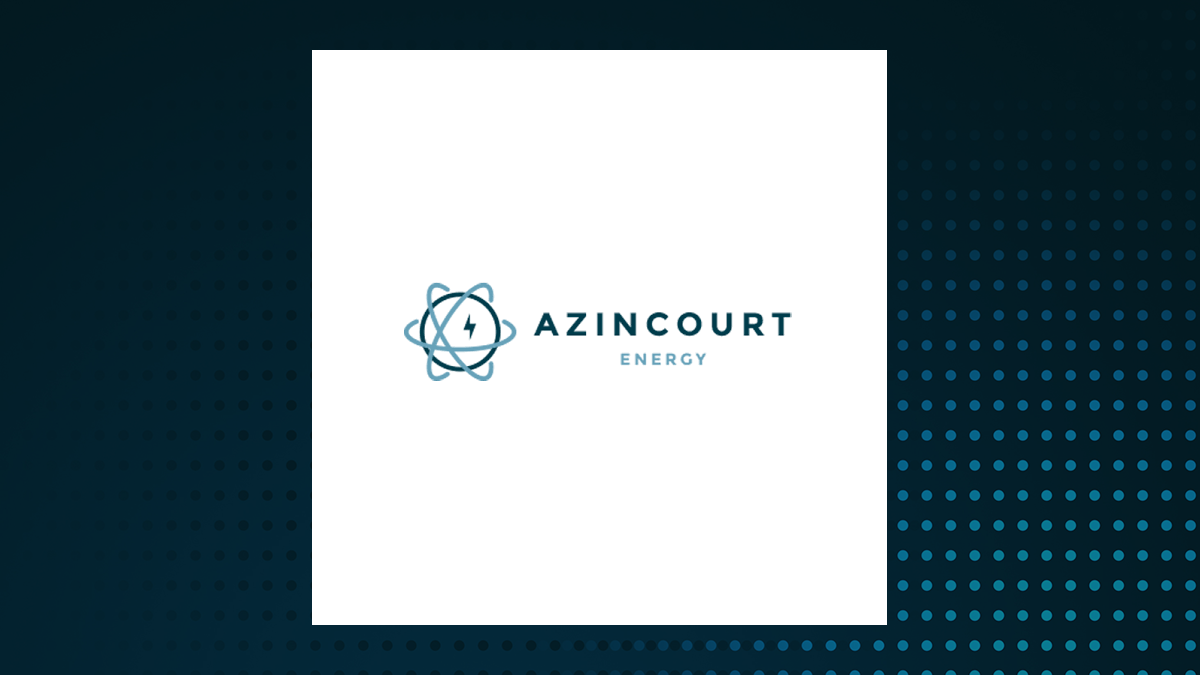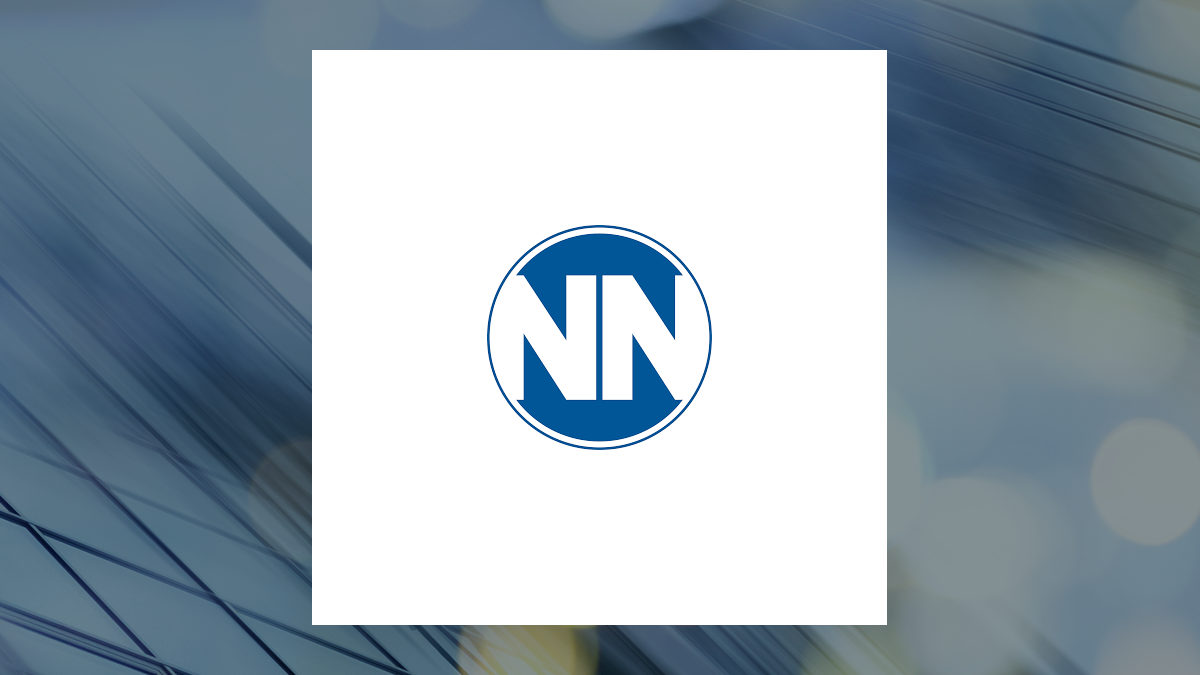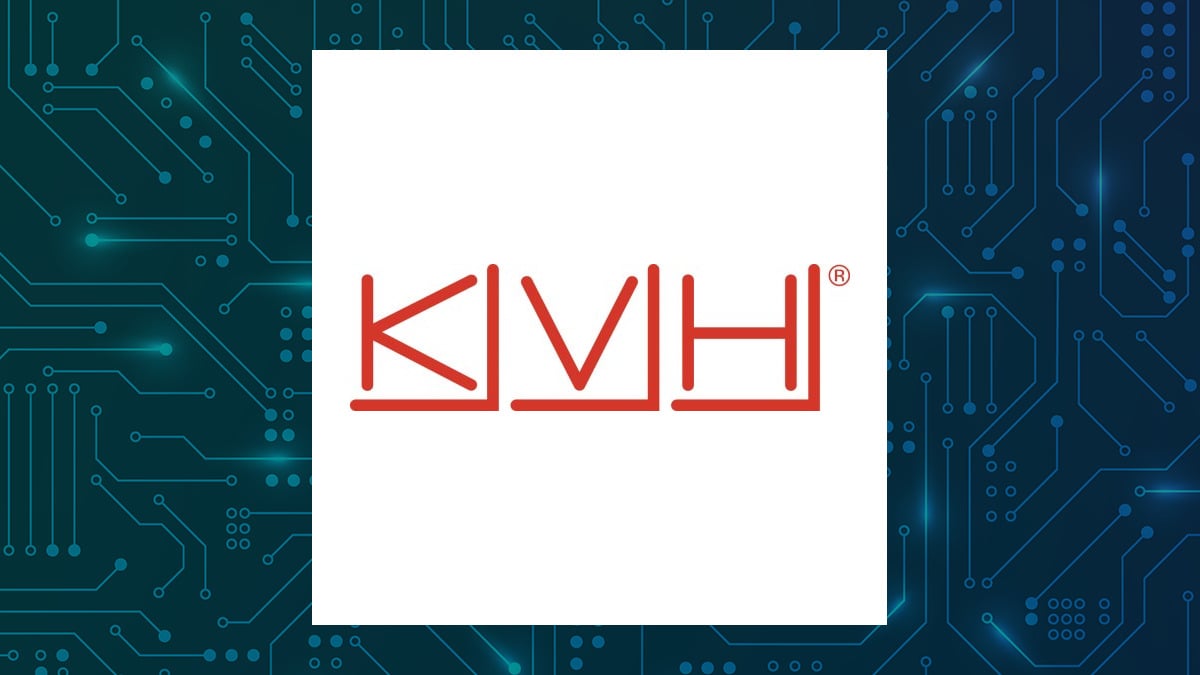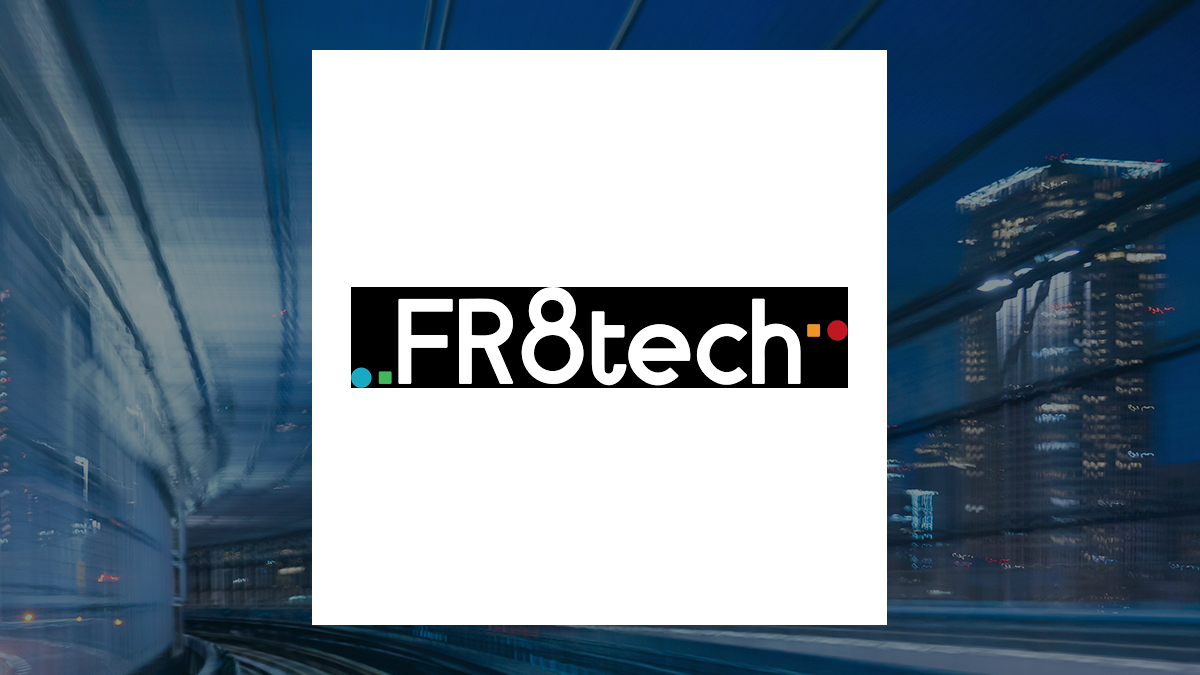How to Watch Nuggets vs Timberwolves: Live Stream NBA on Christmas, TV Channel
Nikola Jokic and the Denver Nuggets face Anthony Edwards and the Minnesota Timberwolves in this NBA Christmas Day matchup.
As an Amazon Associate I earn from qualifying purchases.

Know what the Bible says and understand why it matters with the fully revised NIV Study Bible featuring updated notes, full-color design, and Comfort Print typography designed for immersive reading.
A trusted companion for deep personal study, sermon prep, and devotional reading highlighted in our faith and leadership coverage.
Nikola Jokic and the Denver Nuggets face Anthony Edwards and the Minnesota Timberwolves in this NBA Christmas Day matchup.

New Baltimore Mayor Thomas Semaan, who lives about 15 miles away, said it doesn't matter whether he's helping the city of New Baltimore or Richmond. "You're serving people -- that's all that matters," he said
President Trump announces strike on ISIS targets in Nigeria NPRTrump says US military struck ISIS terrorists in Nigeria CNNUS launches 'powerful strikes' against Islamic State in Nigeria, says Trump BBCU.S. Strikes ISIS in Nigeria After Trump Warned of Attacks on Christians The New York TimesTrump launches Christmas night airstrikes on ISIS 'Terrorist Scum' in Nigeria after killings of Christians Fox News

President Trump made the announcement late Thursday on social media, saying the strike was in response to the Islamic State targeting Christians in Nigeria.

On Friday, Om Parkash, owner and manager of West Valley Nursery in Kent, drove down rain-slicked roads to check on what remained of his business.
Stephen Curry scored 23 points and knocked down a key 3-pointer with 3:45 left to help seal it, Jimmy Butler added 14 points, nine assists and nine rebounds, and...

There was a point in the fourth quarter Thursday at U.S. Bank Stadium that Minnesota’s offense – including penalties to the good and bad – had moved the ball a grand total of 70 yards over the course of the contest. Yet the Vikings led 13-10 at that juncture. That shouldn’t be possible, but it [...]

Myanmar tattooist Ng La cares little for the national election organised by his country's despised military leaders.

Here are the latest updates to the Indianapolis Colts' Week 17 injury report.

More older Americans are returning to work due to financial insecurity and rising costs, as surveys show retirees fear their savings won't last,
Los Angeles Chargers safety Tony Jefferson (23) walks off the field after being ejected during the fourth quarter of an NFL football game against the Kansas City Chiefs at GEHA Field at Arrowhead Stadium, Sunday, Dec. 14, 2025.

N. Korea said it conducted a first test launch of a high-altitude long-range surface-to-air missile system under development, no footage was released.

Storm causes power outages and damage on Monterey Peninsula

CHILLICOTHE — Hundreds of people, including state and federal officials and current and former employees of the Pixelle Specialty Solutions (the former Mead paper mill) plant, gathered at Homeland Credit Union in Chillicothe to learn about the future of the...

Key Insights Significant insider control over ViTrox Corporation Berhad implies vested interests in company growth 55...

It was a Merry Christmas for the Packers, who clinched a playoff berth with the Vikings’ victory over the Lions knocking Detroit out of contention. With a place in the postseason secure, how should the Packers handle Saturday night’s game vs. the Ravens?
Associated Press PITTSBURGH — T.J. Watt is back. Sort of. The Pittsburgh Steelers outside linebacker returned to practice on Wednesday, two weeks after he had surgery to repair a partially collapsed lung following a dry needle treatment. Watt was a limited participant on Wednesday. While coach Mike Tomlin said he’s hopeful that Watt will be [...]

Thursday afternoon saw the Minnesota Vikings give the Detroit Lions a giant lump of coal in a 23-10 win on Christmas Day. The number one element of the Vikings' win was the performance from Brian Flores' defense, as they forced six turnovers on the day, including five from Lions quarterback Jared Goff.

Klay Thompson played his first game back in the Bay Area, which led to people recalling a lot of Splash Brothers moments.

Barkley gave his vision for Dallas’ future on the ESPN broadcast of the Mavericks’ Christmas Day game against the Warriors.
Nvidia Licenses Groq's AI Chip Tech, Grabs Top Execs In Not-Quite Takeover Investor's Business DailyNvidia buying AI chip startup Groq's assets for about $20 billion in its largest deal on record CNBCNvidia Licenses Groq’s AI Technology as Demand for Cutting-Edge Chips Grows The Wall Street JournalNvidia makes its largest-ever purchase with Groq agreement MashableNvidia Strikes a Deal With Groq, an A.I. Chip Start-Up The New York Times

Victory+ Debut: 2.1 Million Viewers Tune Into UIL Finals

Luka Doncic and Rui Hachimura return from injuries to join Austin Reaves, LeBron James and Deandre Ayton on Thursday for just the seventh time all season.
After more than 20 members of the Arkansas Senate released a statement last week weighing in on the University of Arkansas, Fayetteville's discipline of the erstwhile director of the King Fahd Center for Middle East Studies, the former director's attorney is raising alarm about the impact of "political pressure" applied to the university in the case.

Christmas will remain warm and windy across the state, but a dose of more seasonal weather is on tap for this weekend.
Snowfall warnings cover swaths of B.C. Southern Interior CastanetSnowfall warning issued for North Thompson, Shuswap, Fraser Canyon CFJC Today KamloopsCold weather warnings issued for sections of northern B.C., snowfall warning for Whistler CBCSnowfall warning in place for Coquihalla Highway as 10-15 cm expected Kelowna Capital NewsSnowfall warnings issued for areas north of Lower Mainland CityNews Vancouver

The royal family historically opens their Christmas gifts on December 24 rather than on actual Christmas Day for one reason that dates back centuries

Chauncey talked about his NBA coaching journey and experience

The Wrightwood community in San Bernardino County was hit by severe thunderstorms that triggered mudslides, rockslides and debris flows, leaving homes and cars buried in the muck.

The South Dakota Highway Patrol didn’t visit Brookings for a saturation patrol that had been announced in advance by the city’s leadership.
(MENAFN - GlobeNewsWire - Nasdaq) VICTORIA, Seychelles, Dec. 26, 2025 (GLOBE NEWSWIRE) -- Bitget, the world's largest Universal Exchange (UEX), has released its November 2025 Transparency Report, ...
(MENAFN - GlobeNewsWire - Nasdaq) Update on the Share Buyback Program and the Liquidity Agreement Period from 18 December 2025 to 24 December 2025 Share Buyback Program On 21 November 2025, ...

Stray Kids are taking over the planet. The K-pop band consists of eight members – Han, Lee Know, Bang Chan, Changbin, Hyunjin, Felix, Seungmin, and I.N – and has dominated global charts and headlined sold out tours worldwide with their catchy songs and powerful performances, winning them millions of fans. The band’s agency initially announced [...]

Actors Trevor Donovan and Jillian Murray star in the new original holiday film "Mario Lopez Presents: Chasing Christmas," which premiered on December 21st on Great American Family.The post Review: Trevor Donovan, Jillian Murray, and Dominic Lopez star in ‘Chasing Christmas’ on Great American Family appeared first on Digital Journal.

Image Courtesy of ShueishaWarning: This article contains spoilers from the Jujutsu Kaisen manga! Written by the original creator, Gege Akutami, and illustrated by Yuji Iwasaki, the short sequel series Jujutsu Kaisen Modulo was released in September this year. The manga became a major hit soon after its release, and its popularity only keeps rising as it enters the [...]The post Jujutsu Kaisen Modulo All But Guarantees Yuka’s Death With a Forbidden Technique appeared first on ComicBook.com.

One of the most famous filmmakers in the industry is Ridley Scott, with a huge lineup of films across different genres – who hasn’t heard of Gladiator, Blade Runner, Napoleon, Alien, or Hannibal? The guy has built worlds that left a mark on cinema history and are stuck in the audience’s minds. But what about [...]The post Every Ridley Scott Sci-Fi & Fantasy Masterpiece, Ranked appeared first on ComicBook.com.

Down almost 70% from all-time highs, Curaleaf is a TSX cannabis stock that trades at an attractive valuation in December 2025. The post TFSA Investors: An Undervalued Cannabis Stock You Can Buy for $500 Right Now appeared first on The Motley Fool Canada.

The reduced trade highlights continuing tensions in the U.S.-China relationship in the months since Trump and Xi hammered out a truce.

Consumer prices excluding fresh food in the capital rose 2.3% in December from a year earlier, slowing sharply from 2.8% in the previous month.

Leading cryptocurrencies stagnated on Christmas Day amid thin liquidity, while stock futures inched higher.CryptocurrencyGains +/-Price (Recorded at 8:35 p.m. ET)Bitcoin (CRYPTO: BTC)-0.43%$87,267.64Ethereum (CRYPTO: ETH) -0.91%$2,916.07XRP (CRYPTO: XRP) -1.15%$1.83Solana (CRYPTO:...

Wind energy is one of the fastest-growing sources of renewable power, but as wind farms expand in size and complexity, maintaining turbine integrity becomes increasingly challenging. Turbines operate in extreme environments, exposed to constant mechanical stress, weather erosion, salt corrosion (offshore), and lightning strikes. Each of these factors can accelerate structural wear and reduce performance [...]

Fancamp Exploration Ltd. (CVE:FNC – Get Free Report)’s share price shot up 18.2% during trading on Thursday . The stock traded as high as C$0.14 and last traded at C$0.13. 563,433 shares were traded during mid-day trading, an increase of 254% from the average session volume of 159,295 shares. The stock had previously closed at [...]

Fancamp Exploration Ltd. (CVE:FNC – Get Free Report)’s share price traded up 18.2% during mid-day trading on Thursday . The company traded as high as C$0.14 and last traded at C$0.13. 563,433 shares were traded during mid-day trading, an increase of 254% from the average session volume of 159,295 shares. The stock had previously closed [...]

Cymat Technologies Ltd. (CVE:CYM – Get Free Report) shares traded down 8.3% on Thursday . The stock traded as low as C$0.11 and last traded at C$0.11. 219,000 shares changed hands during mid-day trading, an increase of 280% from the average session volume of 57,687 shares. The stock had previously closed at C$0.12. Cymat Technologies [...]

Shares of Azincourt Energy Corp. (CVE:AAZ – Get Free Report) dropped 20% during mid-day trading on Thursday . The company traded as low as C$0.04 and last traded at C$0.04. Approximately 952,468 shares traded hands during trading, an increase of 608% from the average daily volume of 134,611 shares. The stock had previously closed at [...]

Azincourt Energy Corp. (CVE:AAZ – Get Free Report) shares fell 20% on Thursday . The company traded as low as C$0.04 and last traded at C$0.04. 952,468 shares traded hands during mid-day trading, an increase of 608% from the average session volume of 134,611 shares. The stock had previously closed at C$0.05. Azincourt Energy Trading [...]

Azincourt Energy Corp. (CVE:AAZ – Get Free Report) was down 20% during mid-day trading on Thursday . The stock traded as low as C$0.04 and last traded at C$0.04. Approximately 952,468 shares traded hands during mid-day trading, an increase of 608% from the average daily volume of 134,611 shares. The stock had previously closed at [...]
South defense procurement agency is accelerating efforts to develop and certify defense-grade semiconductors, warning that reliance on foreign supply.
Kent restaurant gives away hundreds of free Christmas meals KOMOSeattle-area restaurants continue tradition of free Christmas Day meals The Seattle TimesFood bank program ensures holiday meals for those in need KXLY.comNana’s Southern Kitchen to give away 1,000 free meals on Christmas Day in Kent iLoveKentNana's Southern Kitchen in Kent, WA served the community free Christmas meals FOX 13 Seattle

XPENG’s Mona M03 has been critical to the company’s EV sales growth and march toward profitability this year. Across the first 11 months of the year, 163,299 units of the Mona M03 were delivered. That’s about 42% of the company’s 391,937 total deliveries. Now, the M03 is getting a refresh ... [continued]The post XPENG’s Mona M03 Gets Even Better appeared first on CleanTechnica.

Modern engines use varying cylinder counts and configurations, but early models from historic brands like Oldsmobile had a simple approach to providing power.

DDR5 memory prices have been climbing steadily, pushing many PC builders to look back at DDR4 as a more affordable option. That shift hasn’t gone unnoticed. Samsung is now expected to continue producing DDR4 into 2026, even after previously signaling plans to wind it down. The decision appears to be driven by sustained demand, particularly [...]The post DDR4 isn’t done yet, and that’s good news for PC builders appeared first on Gizmochina.

By Heejin Kim, Joyce Lee and Jack KimSEOUL, Dec 26 (Reuters) - South Korea's special prosecutor requested a 10-year prison sentence on Friday...

Stocks posted modest gains in Asia as the year-end rally extended, while gold and silver advanced to records. Trading was thin as a number of the region’s markets remained shut for holidays.

Franklin Templeton reports that its tax-free income fund outperformed the benchmark during the third quarter. Learn why municipal bond yields remain attractive.

Kelly Clarkson's Christmas Day performance during Netflix's NFL games sparked widespread criticism from viewers who called out the heavily CGI and AI-edited rendition of 'Underneath the Tree'

Cardinal Health (NYSE:CAH – Get Free Report) and Henry Schein (NASDAQ:HSIC – Get Free Report) are both medical companies, but which is the better investment? We will compare the two businesses based on the strength of their dividends, risk, earnings, profitability, institutional ownership, valuation and analyst recommendations. Analyst Recommendations This is a summary of current [...]

NN (NASDAQ:NNBR – Get Free Report) and Omni-Lite Industries Canada (OTCMKTS:OLNCF – Get Free Report) are both small-cap industrials companies, but which is the better investment? We will compare the two businesses based on the strength of their risk, analyst recommendations, profitability, dividends, institutional ownership, earnings and valuation. Volatility & Risk NN has a beta [...]
Valens Semiconductor (NYSE:VLN – Get Free Report) and Impinj (NASDAQ:PI – Get Free Report) are both computer and technology companies, but which is the superior investment? We will contrast the two businesses based on the strength of their analyst recommendations, valuation, institutional ownership, dividends, profitability, earnings and risk. Earnings and Valuation This table compares Valens [...]

KVH Industries (NASDAQ:KVHI – Get Free Report) and UTStarcom (NASDAQ:UTSI – Get Free Report) are both small-cap computer and technology companies, but which is the better stock? We will compare the two businesses based on the strength of their dividends, earnings, profitability, institutional ownership, risk, valuation and analyst recommendations. Insider and Institutional Ownership 73.7% of [...]

Freight Technologies (NASDAQ:FRGT – Get Free Report) and Universal Logistics (NASDAQ:ULH – Get Free Report) are both small-cap transportation companies, but which is the better investment? We will contrast the two businesses based on the strength of their profitability, analyst recommendations, earnings, valuation, institutional ownership, risk and dividends. Institutional & Insider Ownership 6.2% of Freight [...]

Old National Bancorp (NASDAQ:ONB – Get Free Report) and First Busey (NASDAQ:BUSE – Get Free Report) are both mid-cap finance companies, but which is the superior business? We will compare the two businesses based on the strength of their earnings, analyst recommendations, risk, institutional ownership, valuation, dividends and profitability. Dividends Old National Bancorp pays an [...]

AutomobilesToyota art show highlights its desire to transcend carmakingProjection exhibit in Yokohama part of company's diversification driveThe works of Austrian masters such as Gustav Klimt are projected onto the walls and floors of the Moveum Yokohama in Yokohama, Japan, on Dec. 18. (Photo by...

The internet was becoming mainstream in the late 90s, but Miro Mitev was head-down exploring something that wouldn't become popular for decades: AI.Now an asset manager, Mitev was an early adopter of AI in finance after discovering the capabilities of neural networks in 1997 while studying at the...

While the local economy has been boosted by the full-scale launch of operations at Taiwan Semiconductor Manufacturing Company (TSMC)'s first Japan plant a year ago, residents remain concerned about its impact on groundwater.The world's largest contract chipmaker kicked off full-scale operations...

As school and work wrap up, crowds fill Tokyo's many bustling arcade halls -- not to battle it out in fighting games, but to snag plush toys from claw machines.
How Does Android's New AirDrop-Style Feature Actually Work? SlashGear

Google's introduction of AirDrop compatibility to the Pixel 10 was a big (and welcome) surprise, but how did the company's engineers actually pull it off?

Pope Leo XIV, the first U.S.-born pope, offered his first Christmas sermon as pontiff on Thursday, praying for peace from wars and freedom from economic distress. A crowd of 26,000 gathered to hear the words of the pontiff during the annual “Urbi et Orbi” address from the Central Loggia of St. Peter’s Basilica. “If he...

With the second batch of episodes from the final season now out, there's just one more to go. Here's what to know about timing and episode runtimes.

Save big on robot vacuums, air fryers, air purifiers, kitchen appliances, and tons of other devices to improve your home life.The post These 59 post-holiday Amazon deals drop kitchen and home upgrades for clearance prices appeared first on Popular Science.

The Japanese government on Friday approved a record budget for the upcoming fiscal year, to pay for everything from bigger defence spending to ballooning social security costs as inflation persists. The 122.3-trillion-yen ($782 billion) budget for the fiscal year from April 2026 will include some nine trillion yen for defence spending, as Prime Minister Sanae [...]The post Japan govt approves record 122 trillion yen budget appeared first on Digital Journal.

President Donald Trump said US forces conducted “powerful and deadly” strikes Thursday against Islamic State militants in northwestern Nigeria, weeks after he warned against any systemic assault on Christians in the country. The Nigerian foreign ministry early Friday confirmed the air strikes, describing them as “precision hits on terrorist targets” in the country. The Department [...]The post US launches Christmas Day strikes on IS targets in Nigeria appeared first on Digital Journal.

TOKYO (AP) — Japan's Cabinet on Friday approved a record defense budget plan exceeding 9 trillion yen ($58 billion) for the coming year, aiming to fortify its strike-back capability and coastal defense with cruise missiles and unmanned arsenals as tensions rise in the region. The draft budget for fiscal 2026 beginning April is up 9.4% [...]
Despite billions of dollars in investment, startups say their androids can only perform simple tasks.

Trust Wallet confirmed Thursday that it has identified a security incident affecting a specific version of its web browser extension.

A group of retirees cheered under disco lights as 60-year-old Xu Li leapt into her partner's arms, her legs spread akimbo in perfect splits.

Tucked behind mature trees and rolling lawns, the Southboro estate at 8 Rock Spring Lane feels like a place where life can slow down a little, in the best way.With massive acreage space to explore across two parcels, the property offers privacy, breathing room, and the freedom to imagine a...

Is A Paleoconservative 'New America First' Committee The Answer? Authored by J.D. Hester via AntiWar.comWith paleoconservatism currently ascendant in the United States, the slogan "America First" has risen to prominence in public discourse. However, this is not the first time that the phrase...
Wealthy families are launching offices to manage their money at a record clip and are increasingly getting a seat at the table in significant deals.

Russian forces were reportedly cut off and surrendering in Ukraine's Kupyansk as supply lines fail. Only dozens of isolated troops remain in the strategic...

Australia announced a national bravery award for heroes who confronted ISIS-inspired gunmen during a deadly Hanukkah attack that killed 15 people in Sydney.

TOKYO (AP) — Japan’s Cabinet on Friday approved a record defense budget plan exceeding 9 trillion yen ($58 billion) for the coming year, aiming to fortify its strike-back capability and coastal...

Chinese pronouns are largely split between female and male – prompting LGBTQ activists to invent their own gender-neutral pronoun. That movement just took a big step forward.

The detection of mercurial particles of light emanating from mice led to a flurry of interest in biophotons, a mysterious phenomenon that could have applications in agriculture

Organoids are bits of neural tissue that model human brain development. Their use in science makes some uneasy, in part because the brain is so closely tied to our sense of self.

Emily Kwong and Berly McCoy of NPR's Short Wave talk about why swearing might improve physical performance, how birds' bills changed during the pandemic and why scientists are sampling whale breath.

Researchers at the University of Pennsylvania and University of Michigan have created the world's smallest fully programmable, autonomous robots: microscopic swimming machines that can independently sense and respond to their surroundings, operate for months and cost just a penny each.

Learn how in just six months, the NASA team has mapped the entire universe in 102 colors.

An international team of astronomers has achieved a first in probing the early universe, using the James Webb Space Telescope (JWST), detecting a supernova—the explosive death of a massive star—at an unprecedented cosmic distance.

Artificial intelligence is everywhere. In fact, each reader of this article could have multiple AI apps operating on the very device displaying this piece.

Coinbase Global, Alibaba Group, Marvell Technology, International Business Machines, Datadog, Vertiv, and Astera Labs are the seven Infrastructure stocks to watch today, according to MarketBeat’s stock screener tool. Infrastructure stocks are shares of companies that build, operate or maintain the physical systems and facilities a society needs — for example utilities, toll roads, airports, railways, [...]
(MENAFN - EIN Presswire) EINPresswire/ -- "The RNA Targeting Small Molecules Therapeutics market is dominated by a mix of global biopharmaceutical companies and emerging RNA-focused innovators. ...
(MENAFN - EIN Presswire) EINPresswire/ -- "The Space Battery market is dominated by a mix of established aerospace power system manufacturers and emerging New Space innovators. Companies are ...

For the first time, scientists have observed the iconic Shapiro steps, a staircase-like quantum effect, in ultracold atoms.
3I/ATLAS Sheds Particles that Are Much Bigger Than Common Sunlight-Scattering Dust Avi Loeb – MediumESA's JUICE Mission Reveals More Activity from 3I/ATLAS Universe TodayInterstellar comet 3I/ATLAS reveals weird wobbling jets in rare sun-facing tail SpaceUpdating the Loeb Classification Scale of 3I/ATLAS Avi Loeb – MediumScience news this week: Japan laser weapon trial, comet 3I/ATLAS bids farewell, and AI solves 'impossible' math problems Live Science

One of the great food mysteries of the world is how fruitcakes ever became specialty of Christmas — ostensibly a time of peace and unity. The dense and heavy dessert [...]The post And We Thought Fruitcake Was Bad: Italian Company Is 3D Printing 'Pastries' That Are Made of Truly Gross-Sounding Ingredients appeared first on The Western Journal.

In October 2024, Conservative leader Kemi Badenoch declared herself a "net zero skeptic," but "not a climate skeptic." Most recently she doubled down, announcing plans to scrap the 2030 ban on new petrol cars in a 900-word Sunday Telegraph article that did not mention climate change once.

Learn more about Saturn's largest moon, Titan, and the mysteries that lurk beneath its icy surface.

President Trump said on Thursday evening that US forces carried out airstrikes on Islamic State targets in northwestern Nigeria, framing the operation as a response to attacks on Christians. In a Truth Social post, Trump said he ordered a "powerful and deadly" strike on ISIS militants in the Soboto state,...